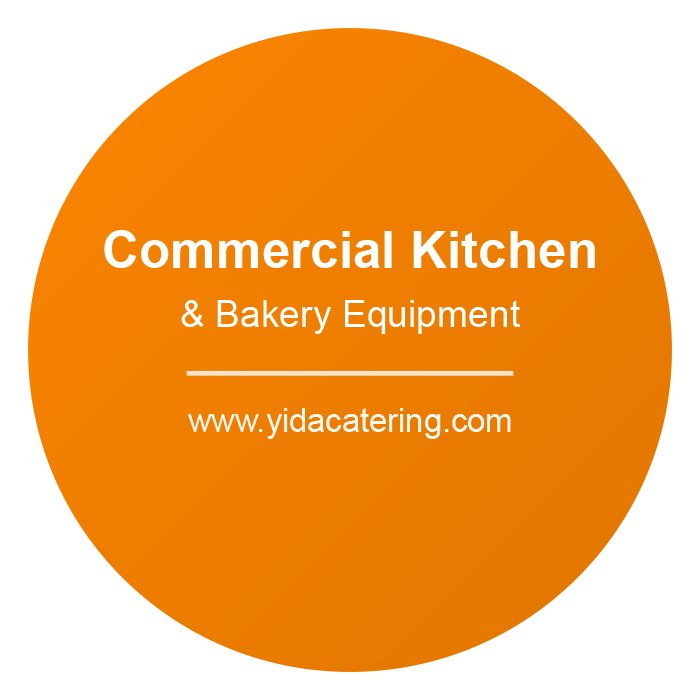Thinking of adding frozen desserts to your menu? It’s a fantastic way to attract customers and increase profits. But before you can start serving up scoops of happiness, you need the right equipment. The world of commercial ice cream machines can seem complex, but it generally comes down to a few distinct types, each designed for a specific style of frozen treat.
Understanding the differences is the first step to choosing the perfect machine for your business goals. Let’s break down the main categories.
1. Soft Serve Machines
Instantly recognizable, soft serve machines are a staple in fast-food restaurants, buffets, and frozen yogurt shops. These machines freeze the product at a higher temperature than traditional ice cream and incorporate air into the mix, creating the light, soft, and smooth texture customers love.
- How they work: A liquid mix is poured into a refrigerated hopper, which holds the mix at a safe, cool temperature. The mix then flows from the hopper into a freezing cylinder. Inside the cylinder, a rotating dasher continuously scrapes the frozen product off the cold walls, mixing it with air and ensuring a smooth consistency. The machine maintains the finished product in a frozen state, ready for dispensing. When an operator pulls the handle, the soft serve is extruded in its classic swirled form.
- Best for: Cones, cups, sundaes, and as a component in milkshakes.
- Considerations: They come in countertop and floor models to fit different space and volume requirements. Some models offer a “twist” feature, combining two different flavors.
2. Batch Freezers (Hard Ice Cream Machines)
For businesses aiming to produce traditional, scoopable ice cream, gelato, or sorbet, the batch freezer is the industry standard. Unlike the continuous flow of a soft serve machine, a batch freezer creates ice cream one “batch” at a time.
- How they work: The operator pours the ice cream base into the machine. A dasher (a mixing paddle) turns inside a freezing cylinder, scraping frozen product off the cylinder walls and incorporating air. Once the desired consistency is reached, the finished ice cream is extracted and typically stored in a separate dipping cabinet for serving.
- Best for: Artisan ice cream parlors, restaurants making their own signature flavors, and producing high-quality gelato and sorbets.
- Considerations: This machine gives you complete control over the final product, from premium ice cream to dairy-free sorbets.
3. Gelato Machines
While technically a type of batch freezer, specialized gelato machines have features that cater specifically to creating authentic Italian-style gelato. The key difference is in the final product’s texture and density.
- How they work: Gelato machines operate at a slightly warmer temperature and churn the mix at a slower speed than traditional ice cream batch freezers. This process incorporates less air, resulting in a denser, richer, and more intensely flavored product.
- Best for: Businesses specializing in authentic gelato.
- Considerations: If your goal is to offer a premium, dense, and flavorful frozen dessert, a dedicated gelato machine is the ideal choice to achieve that signature texture.
4. Rolled Ice Cream (Cold Plate) Machines
Also known as Thai fried ice cream machines, these have become a popular attraction due to their theatrical preparation process. This machine offers a unique, made-to-order customer experience.
- How they work: The machine consists of a flat, stainless-steel surface that is chilled to extremely low temperatures. A liquid ice cream base is poured onto the cold plate, along with customer-chosen mix-ins. The operator then chops and mixes everything together with spatulas as it freezes. Once solid, it is scraped into delicate rolls and served immediately.
- Best for: Dessert shops, food trucks, and businesses focused on providing entertainment and customization.
- Considerations: The appeal is as much about the show as it is about the dessert. It’s an interactive experience that draws crowds and generates social media buzz.
5. Popsicle Machines
Popsicle machines are designed for high-volume production of frozen novelties on a stick, such as ice pops, paletas, or fudge bars. Unlike customer-facing machines, these are built for manufacturing.
- How they work: A liquid base (from fruit juice to a creamy mix) is poured into stainless steel molds. Sticks are inserted into the molds, which are then submerged in a tank of super-chilled brine or glycol. This solution freezes the popsicles rapidly and evenly. Once completely frozen, the molds are briefly warmed to release the finished popsicles, which can then be packaged for sale.
- Best for: Businesses focused on producing pre-packaged goods, specialty popsicle shops (paleterias), and supplying to other retailers.
- Considerations: This is a production-focused machine. It allows for immense creativity in flavors, layers, and ingredients, but it is not an on-demand serving solution.
Making Your Choice
Choosing the right machine depends entirely on your business model. Consider your available space, your production needs, and most importantly, the type of customer experience you want to create. By understanding these fundamental machine types, you are better equipped to invest in the equipment that will lead your business to sweet success.

